Bakeries
How to boost your bakery sales with the nutritional analysis
The nutritional analysis of your bakery products can be used to increase sales in multiple ways. First, by upgrading products to higher protein and fiber levels, you can boost the nutritional value of your bakery products. This will encourage customers to choose them over less nutritious alternatives. Second, by including a higher percentage of ‘healthy’ ingredients, you can also encourage customers to buy your bakery products over less nutritious alternatives. The most commonly used nutritional analysis parameters among bakers are calories per serving, fat, sodium, saturated fat, sugar, and sodium percentage. You’ll be able to see if the nutritional analysis of your products is compliant or not by consulting the new label regulations.
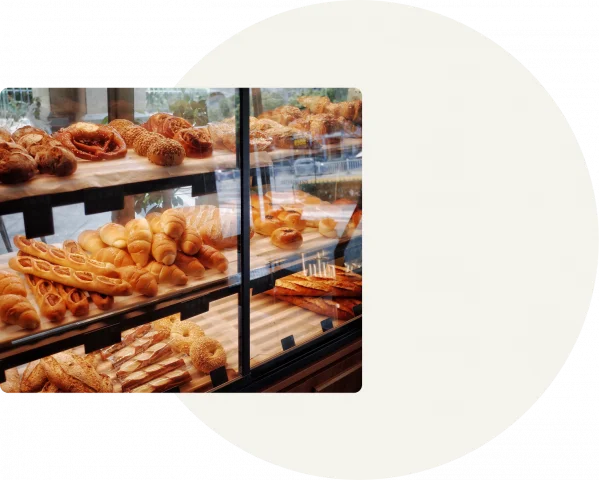
Why you should care about your bakery sales
Bakery is one of the most frequently bought food products in the US. It is also one of the most profitable industries in the US. The US baking industry is worth an estimated $47 billion and contributes $3.3 billion in federal and state taxes each year. Baking products, including bread, cakes, and pastries, are the most frequently bought food items in the US. Provided that these products are often nutritious, our daily bread intake becomes more complete and varied.
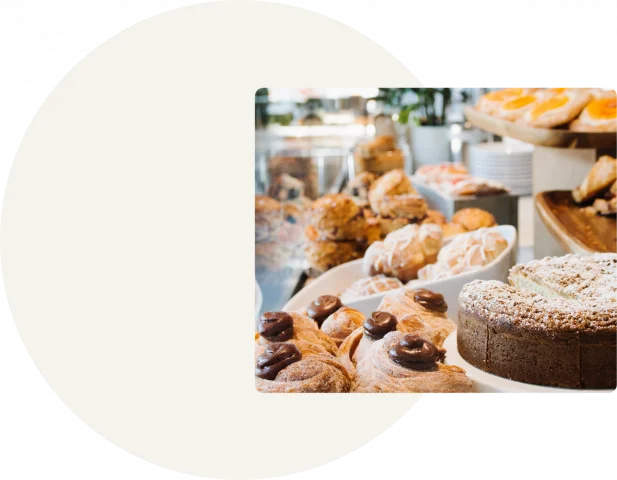
The Hidden Draw of the Nutritional Analysis: More Food Choices
The nutritional analysis is not the only benefit of the label in the US. It is also designed to give consumers more food choices. For example, if you sell low-calorie bread, you must make it clear on the label that it has less than 200 calories per serving. However, if you sell a less-calorie bread with more protein, you don’t have to mention the protein content. This will give customers the freedom to choose from a broader range of bread options. This is a particularly important benefit for frozen bakery chains, which account for the majority of US frozen pizza sales.
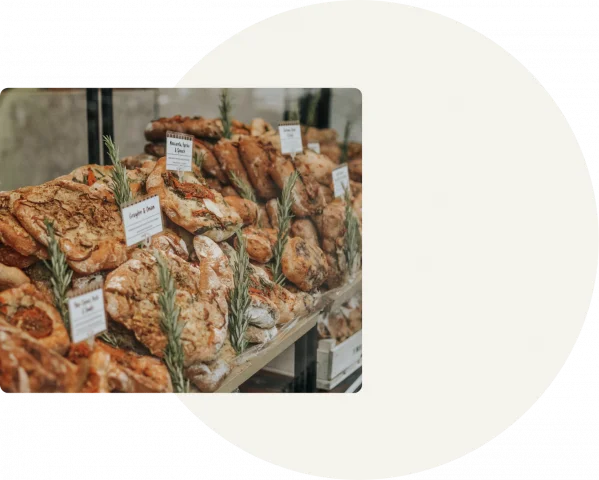
Provide a Nutrition Display or Include Nutrition Facts on Menu Items
In addition to adding a nutrition facts label to each item on your menu, you can also provide shoppers with a nutrition display in your bread and pastry case. This is especially useful if you also sell grocery items, snacks, frozen desserts, and other items outside of your bakery’s traditional sweets. It gives customers a place to read the nutrition facts for everything they buy, so they can make healthier choices. A more in-depth option is to include nutrition facts on your menu items themselves. This way, you can also include it on your packaging, bags, cups and other items used to display your bakery products. If you choose this option, you can easily add nutritional information to your existing menus or create a new one. If you create a new menu, you can use the information as a guide for making new items that have different nutritional content.
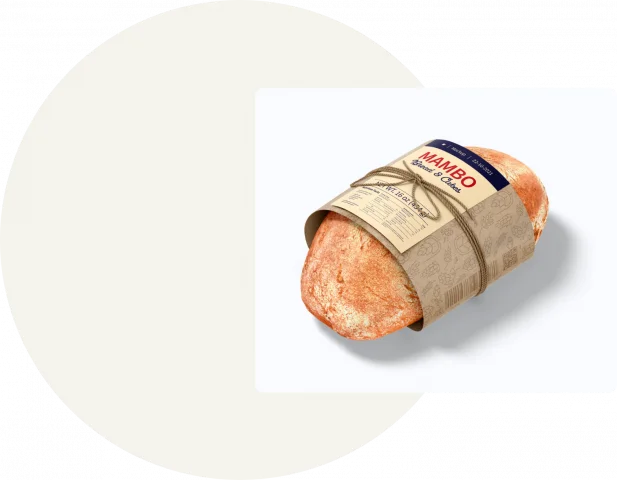
Add the Label to Your Packaging or Show it in Store with Signs and Tables
If you don’t want to display nutrition facts labels on your products you can also use signs or banners in your edible storefront and display a nutrition facts label sign on them. These signs can be used indoors or outdoors and should be visible from the street or parking lot. You can also place them near your bakery case or in a central location in your stor
Educate Staff on Nutrition Labeling and How It Affects Sales
In addition to adding a nutrition facts label to each item on your menu, you can also provide shoppers with a nutrition display in your bread and pastry case. This is especially useful if you also sell grocery items, snacks, frozen desserts, and other items outside of your bakery’s traditional sweets. It gives customers a place to read the nutrition facts for everything they buy, so they can make healthier choices. A more in-depth option is to include nutrition facts on your menu items themselves. This way, you can also include it on your packaging, bags, cups and other items used to display your bakery products. If you choose this option, you can easily add nutritional information to your existing menus or create a new one. If you create a new menu, you can use the information as a guide for making new items that have different nutritional content.
Be Bold When Selling New Products with Higher Nutrient Content
Bold marketing campaigns often pay off. You can use this strategy in your marketing efforts for healthy products too. Consider redesigning your current menus or creating a new one with higher nutrient content. If you already have a variety of menu items, you can redesign them to have higher nutrient content and boost sales. Another way to do this is by adding more protein or whole grains to your menu items.
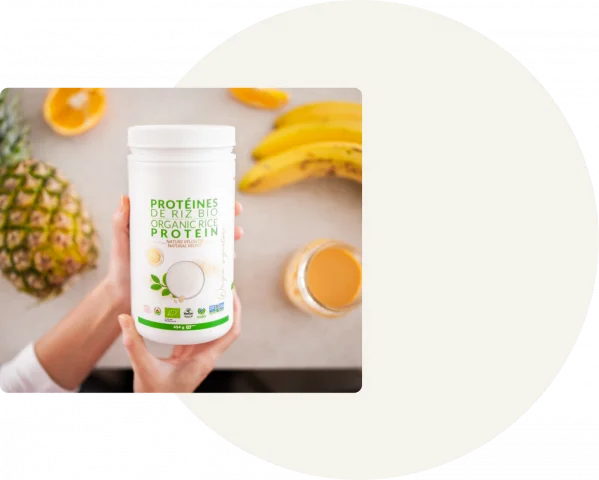
Wrapped Snacks and Baked Goods Are Popular but Have Low Sales
Wrapped and baked goods are some of the most popular products in the United States. In fact, products such as Bread and Cakes often make up the majority of all sales in most bakeries. That being said, Biscuits, Cookies, and Healthy Snacks tend to have lower sales compared to other items. To boost these products’ sales, you can use the same strategies that work with higher nutrient content and healthy items. These include adding more protein or whole grains to the recipe, using bolder packaging, and using signage and displays to boost sales.
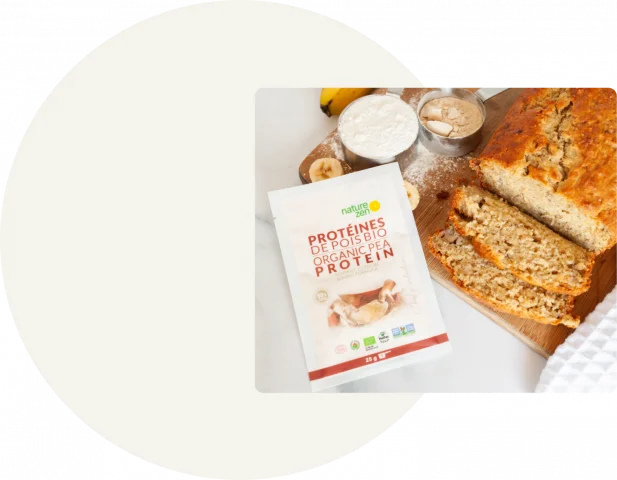
What are the FDA’s Regulations for Baked Product Labeling?
Nutrition Labeling for Baked Goods
Generally, the nutrition facts label should include the following information:
Carbohydrates: The amount of sugar, corn syrup, fructose, and honey, and grams of sugar per serving.
Fat: The amount of fat per serving, and grams of fat per serving.
Protein: The amount of protein per serving.
Vitamins and Minerals: Percent of Daily Value per serving.
Allergen Labeling for Baked Goods
Baked goods are subject to specific labeling requirements related to disclosing any common allergens contained in the product. There are four different classes of allergens that require allergen labeling:
Major allergens: Peanuts, tree nuts, milk, soy, and eggs.
Minor allergens: Fish, tree fruits, and sesame.
Enzymes: These are naturally occurring proteins found in herbs and other natural sources that are used as additives in baked goods and other foods.
Preservatives: These additives, such as sulfites and benzoates, are used to prevent the growth of bacteria and fungi in the product.
All baked goods must include a statement indicating the presence of one or more allergens on the label. Baked goods must also include a statement indicating the presence of allergens if the product contains enzymes, vitamins, or preservatives. The statement can either appear with the label or as a nutritional fact included in a message.
Dried Yeast or Bread Mixes
Bread and other baked goods made with yeast are required to include the name of the yeast as an allergen on the label. Baked goods that contain other types of yeast, such as koji (fermented rice), gum (invert sugar), or corn (maize) yeast, must include a statement indicating the presence of yeast on the label. Baked goods made without yeast may include a statement indicating the absence of yeast on the label.
Other Baked Goods
Baked goods include a wide range of products, including bread, biscuits, rolls, muffins, cakes, pies, tortes, pastries, cookies, crackers, cracker-type snacks, pies, and quiche.
How can we help?
- Food Label Maker offers a subscription program where you’ll have the option of doing the recipe analysis yourself and store all of your recipes in a cloud-based solution where you can access them anytime.
- If you’re new to creating your own labels, don’t worry, you can hire one of our nutritionist experts anytime to help you with everything you need from start to finish. Our experts can help you in a variety of things including: Verifying your labels, suggest changes to make your recipes healthier or free from certain allergens, make food claims, and much more.